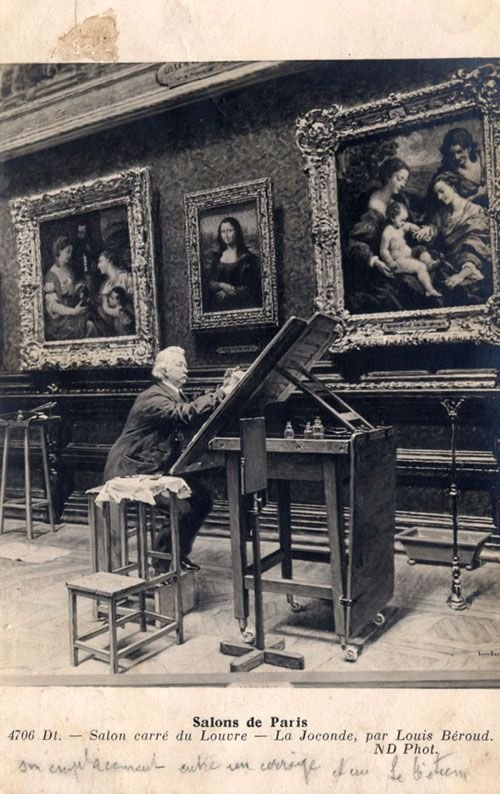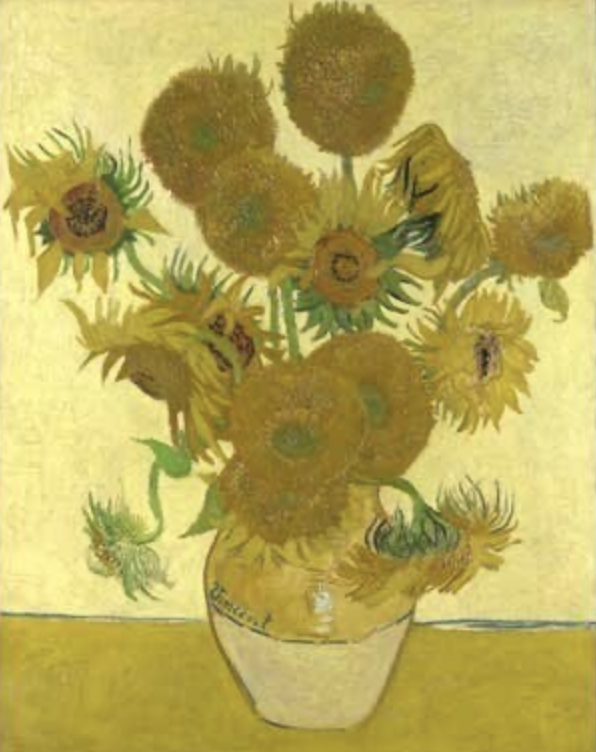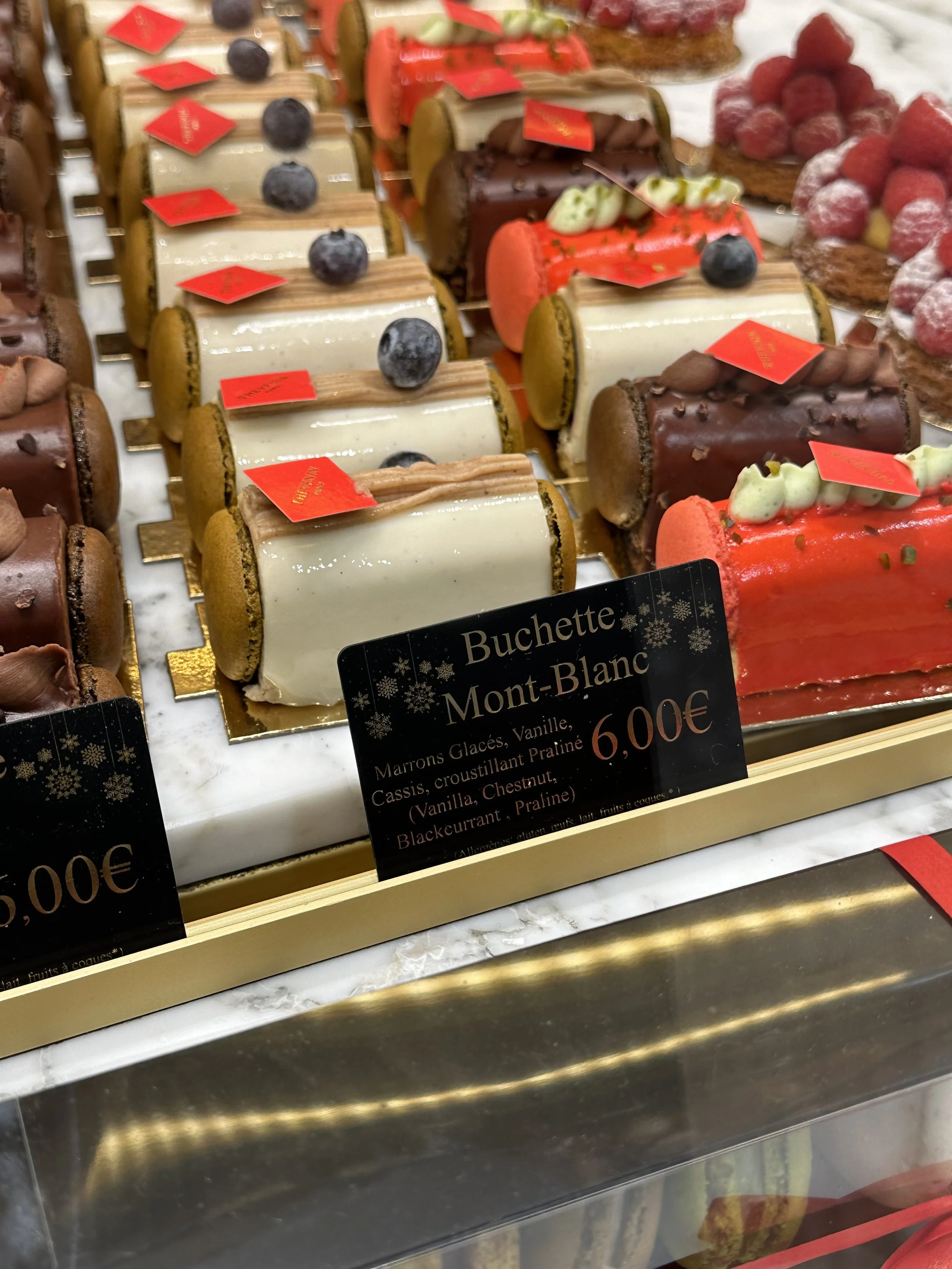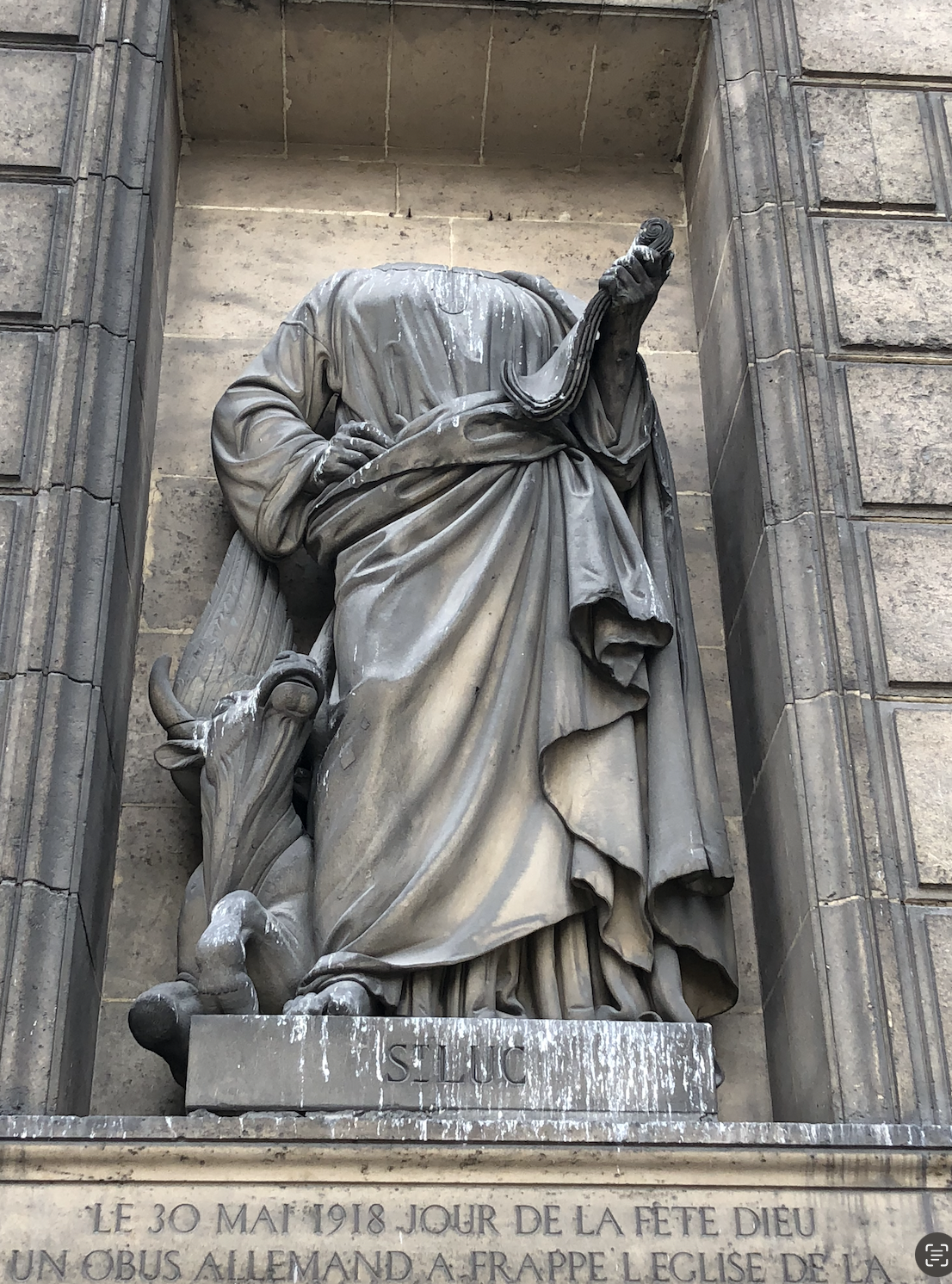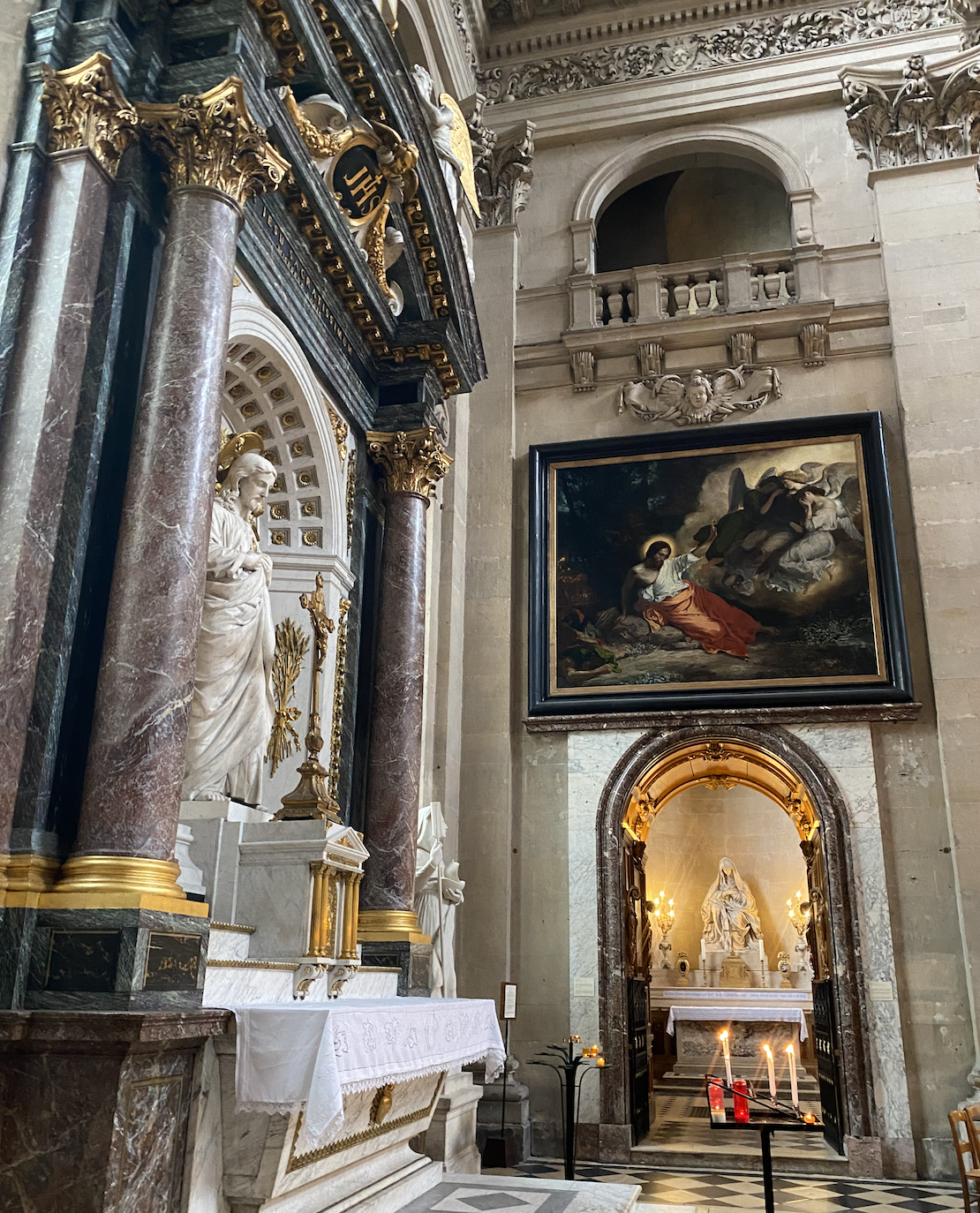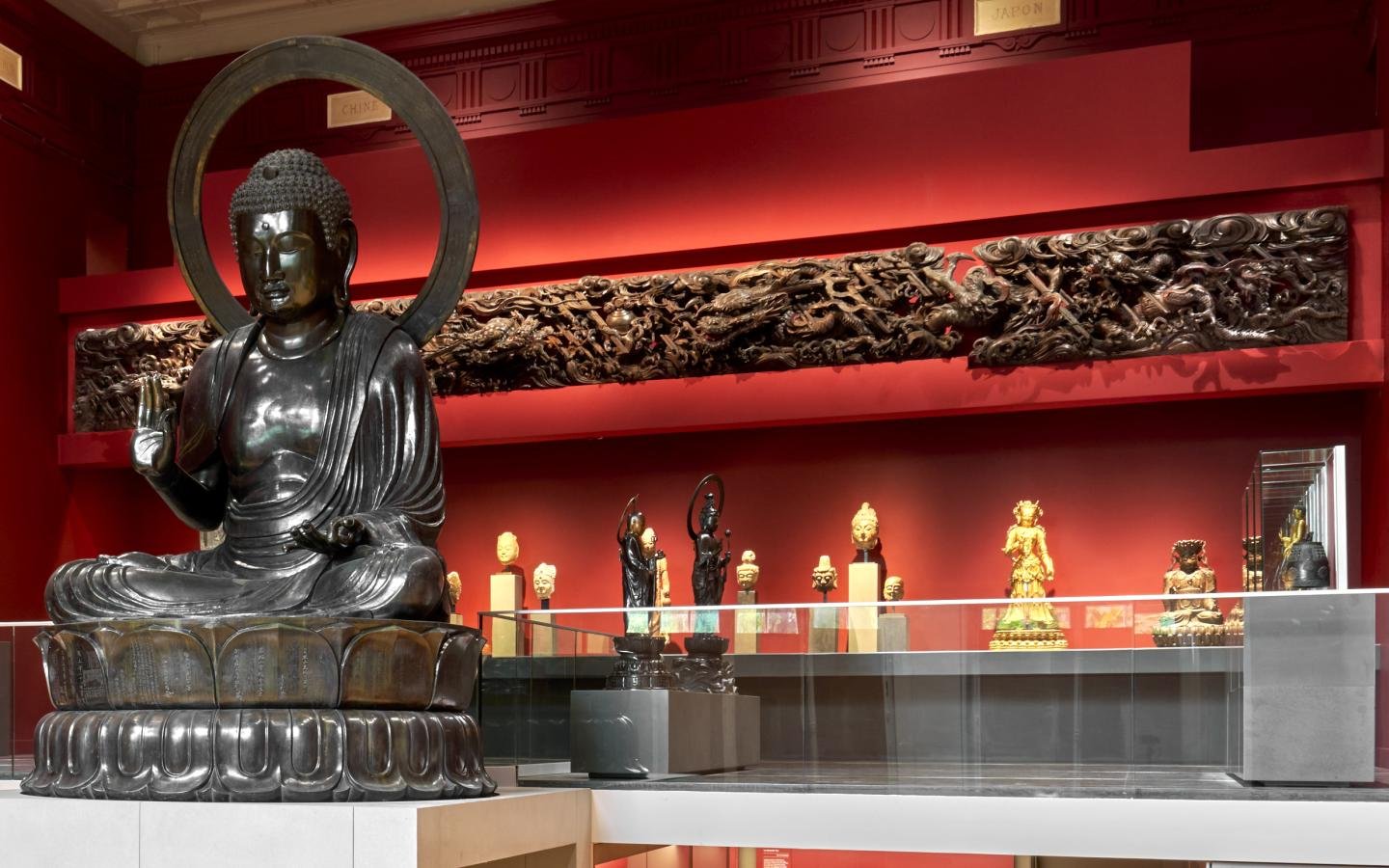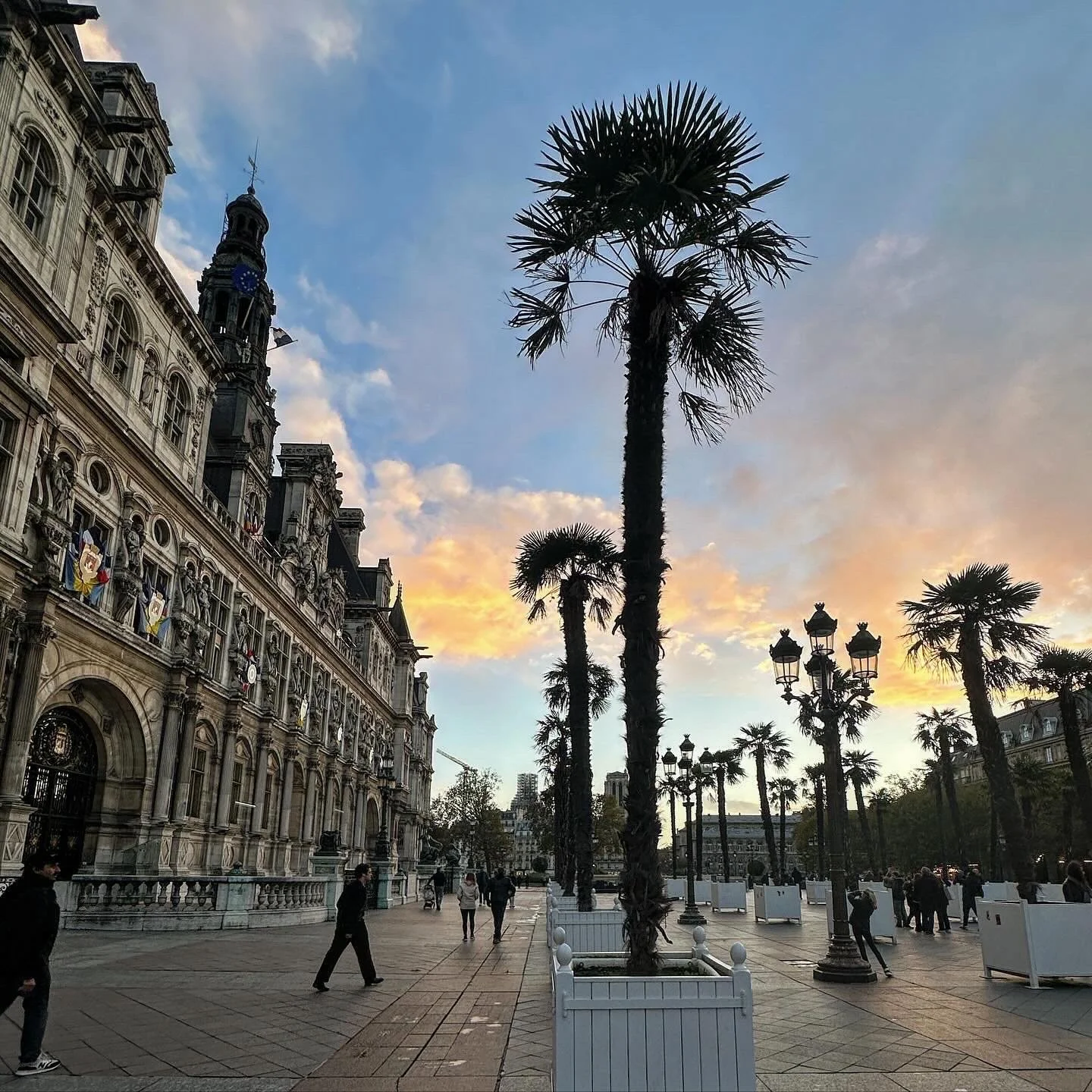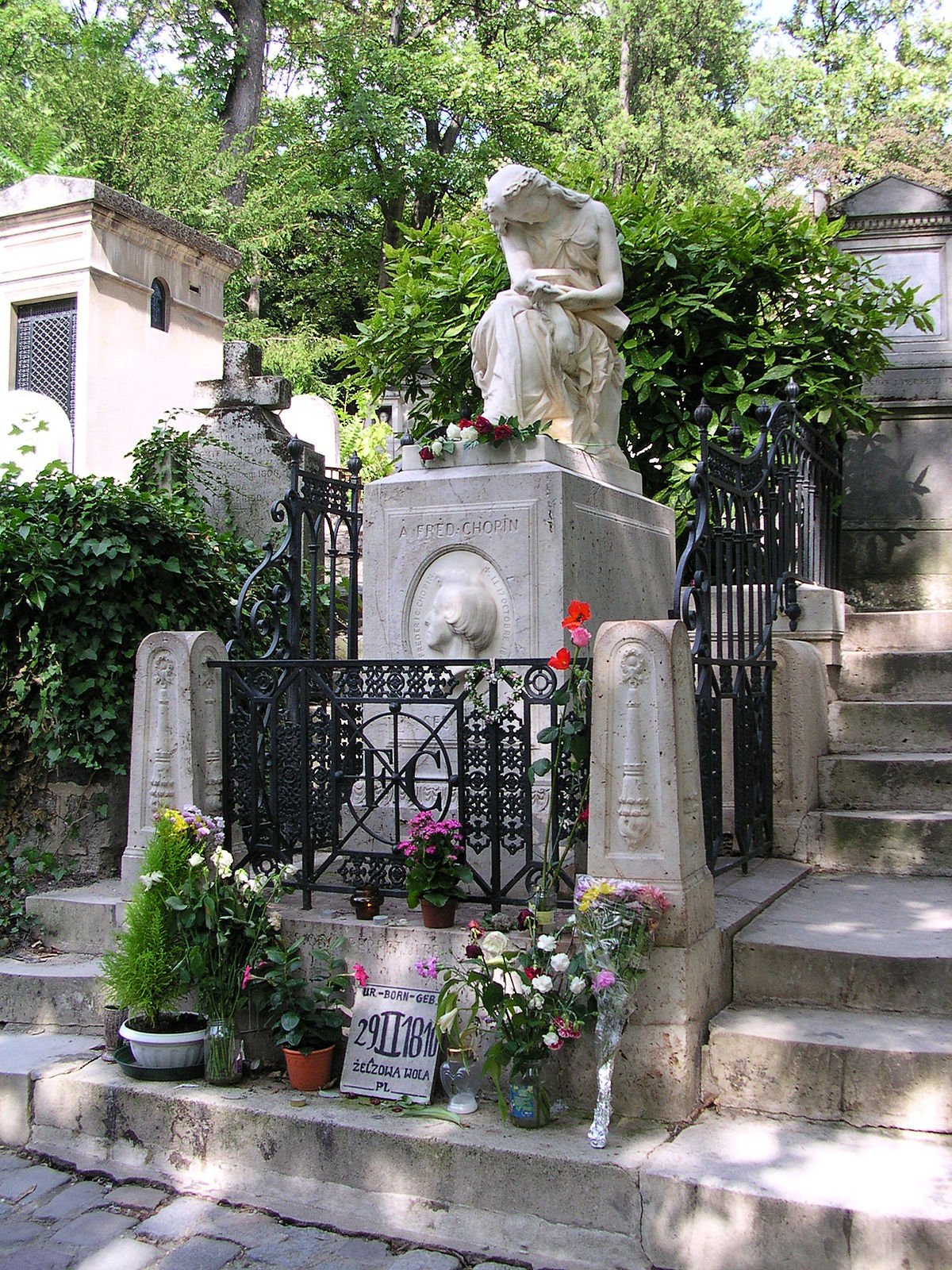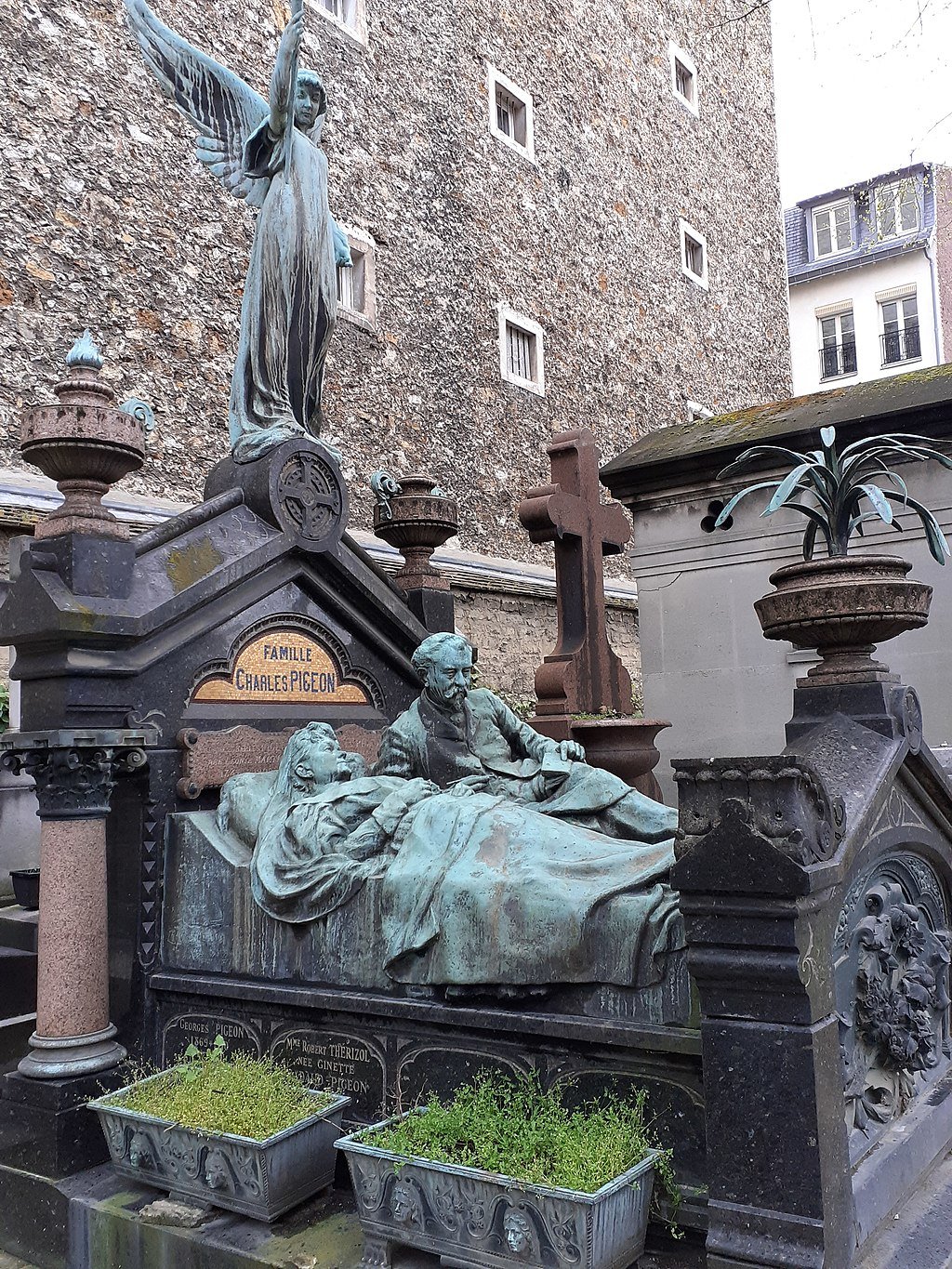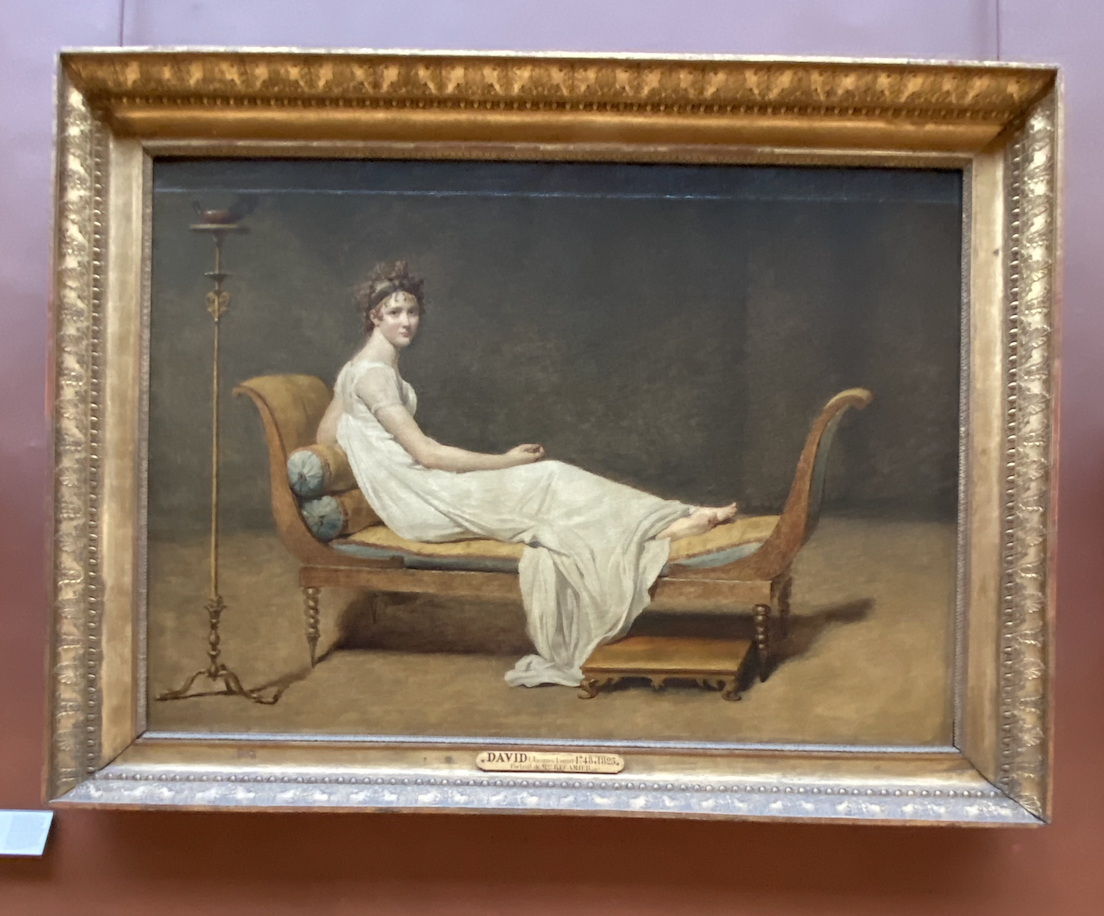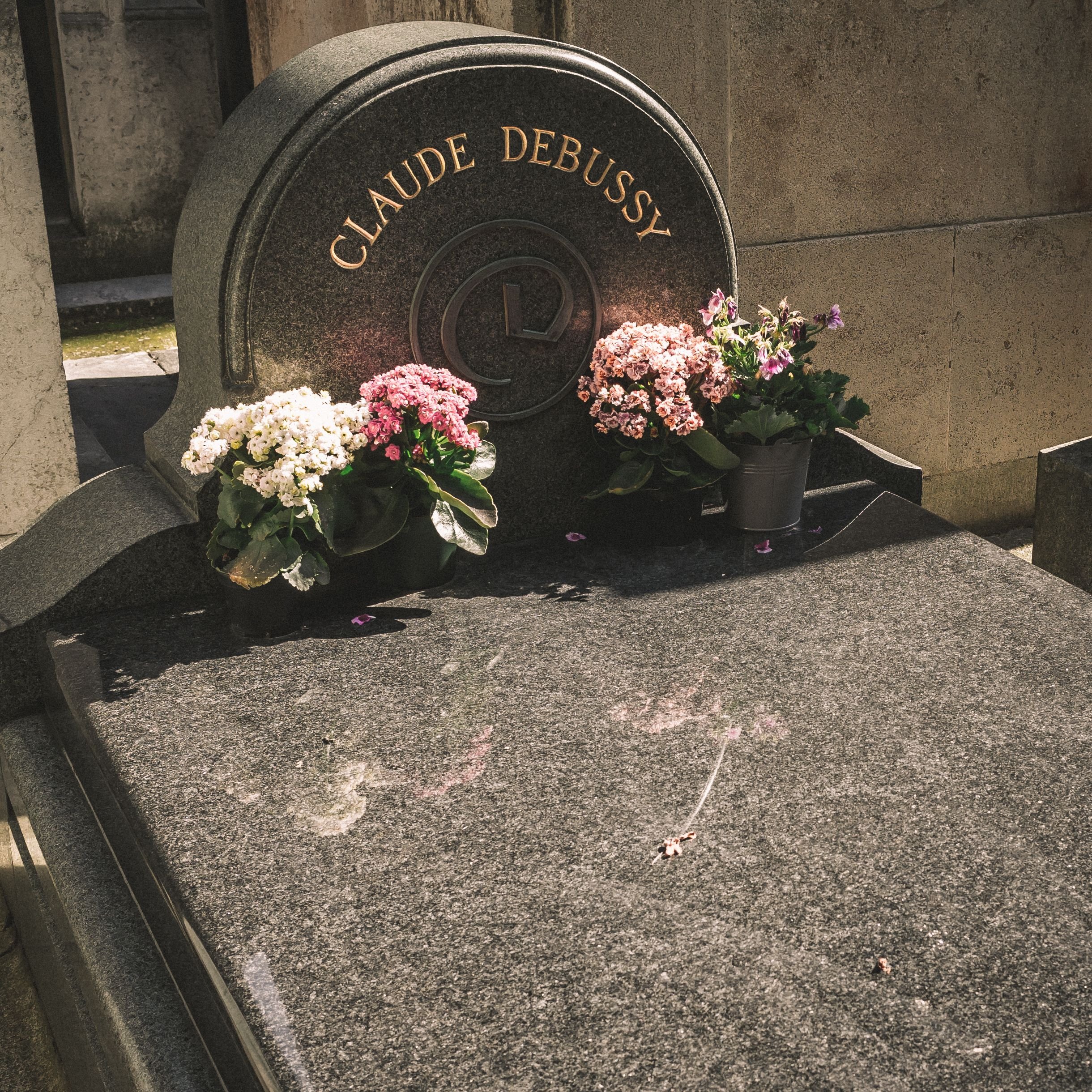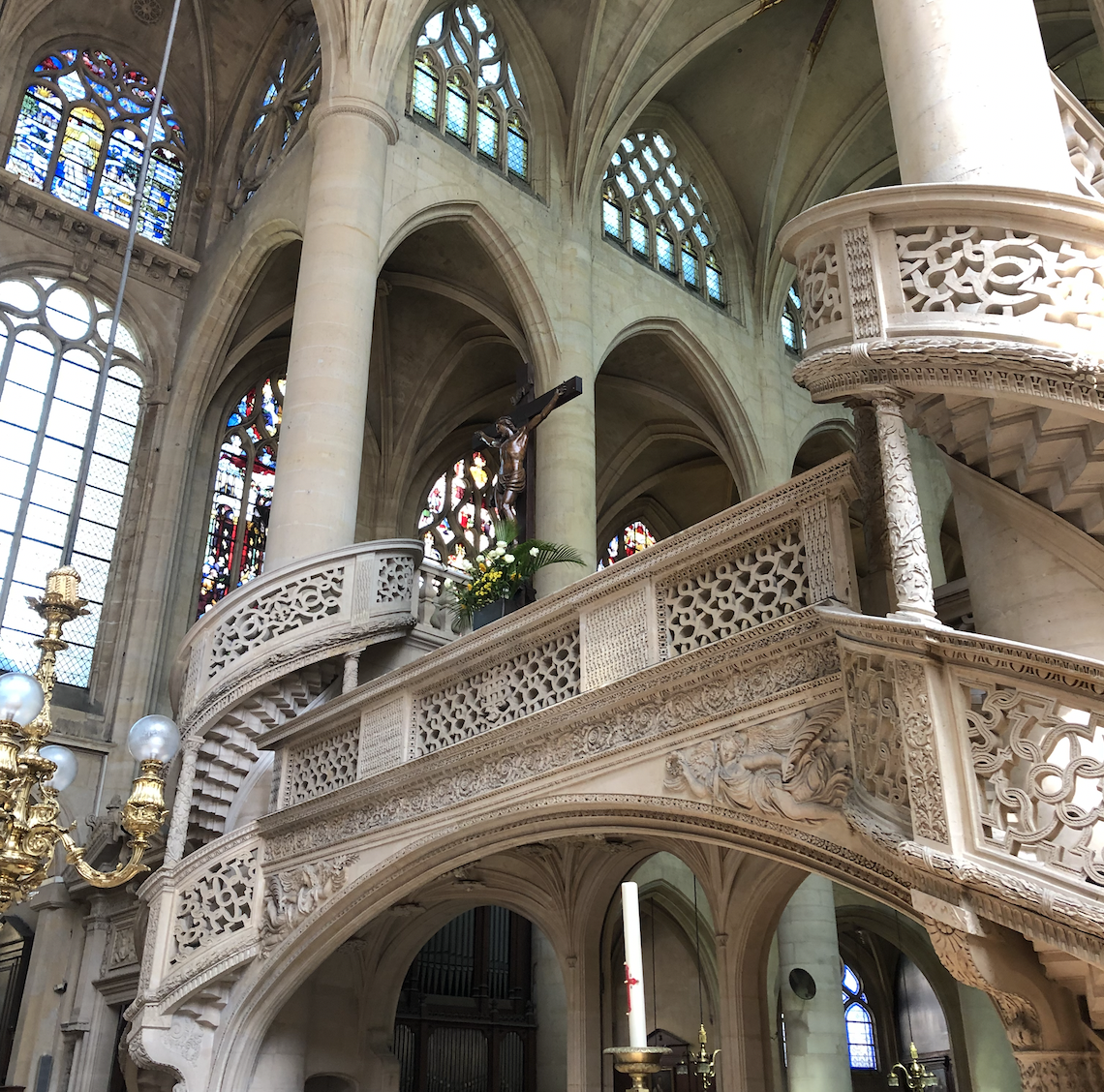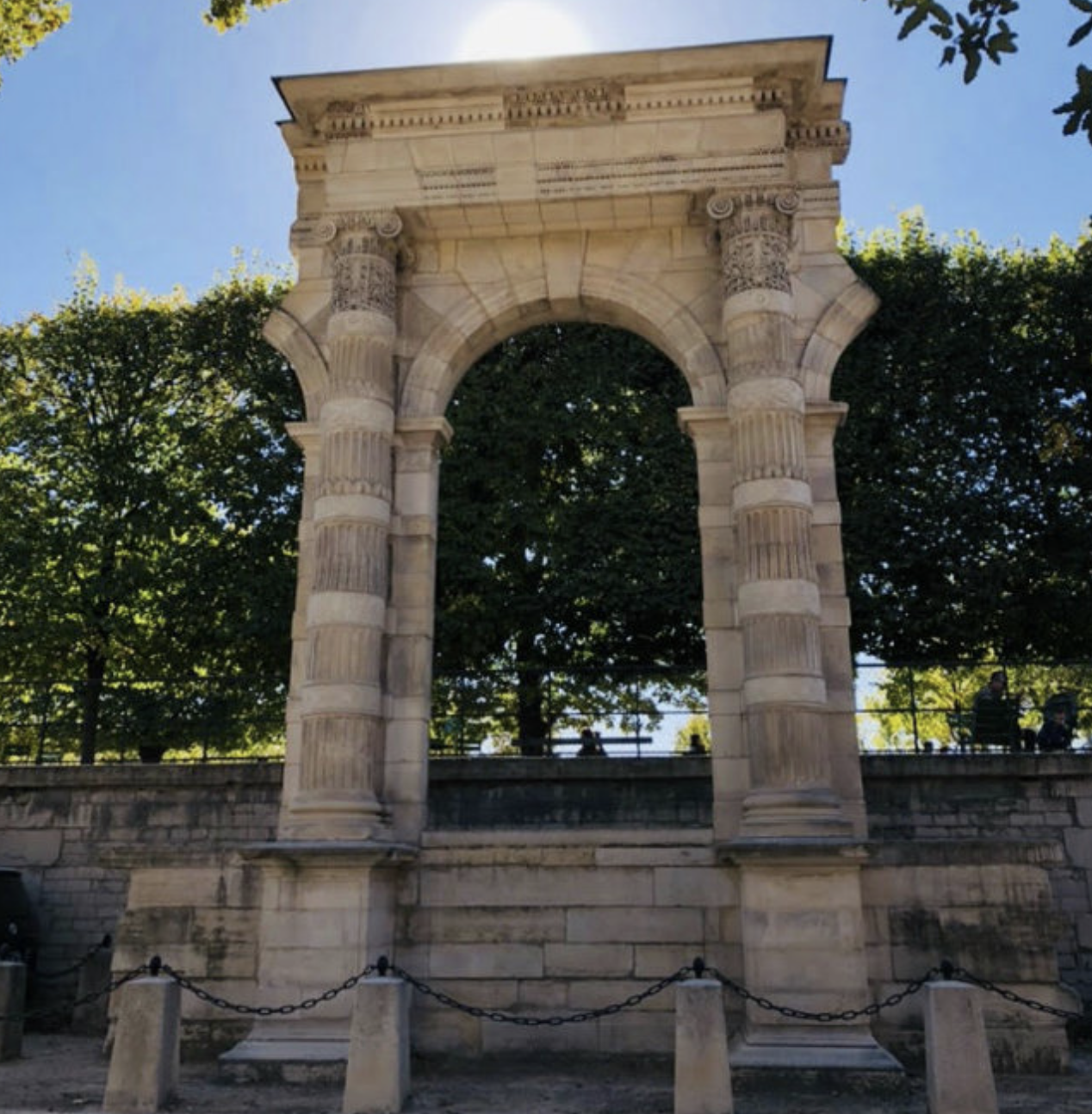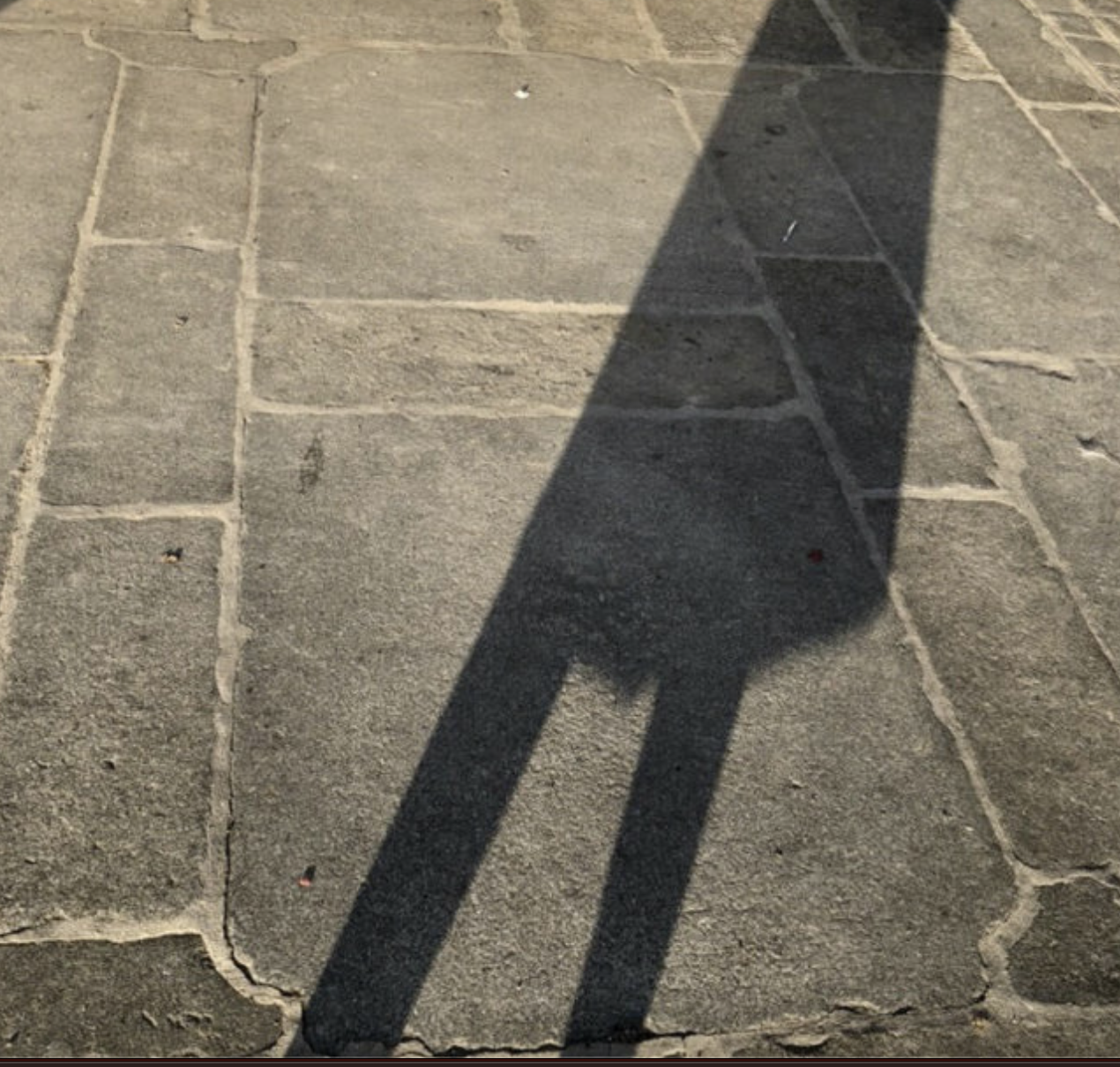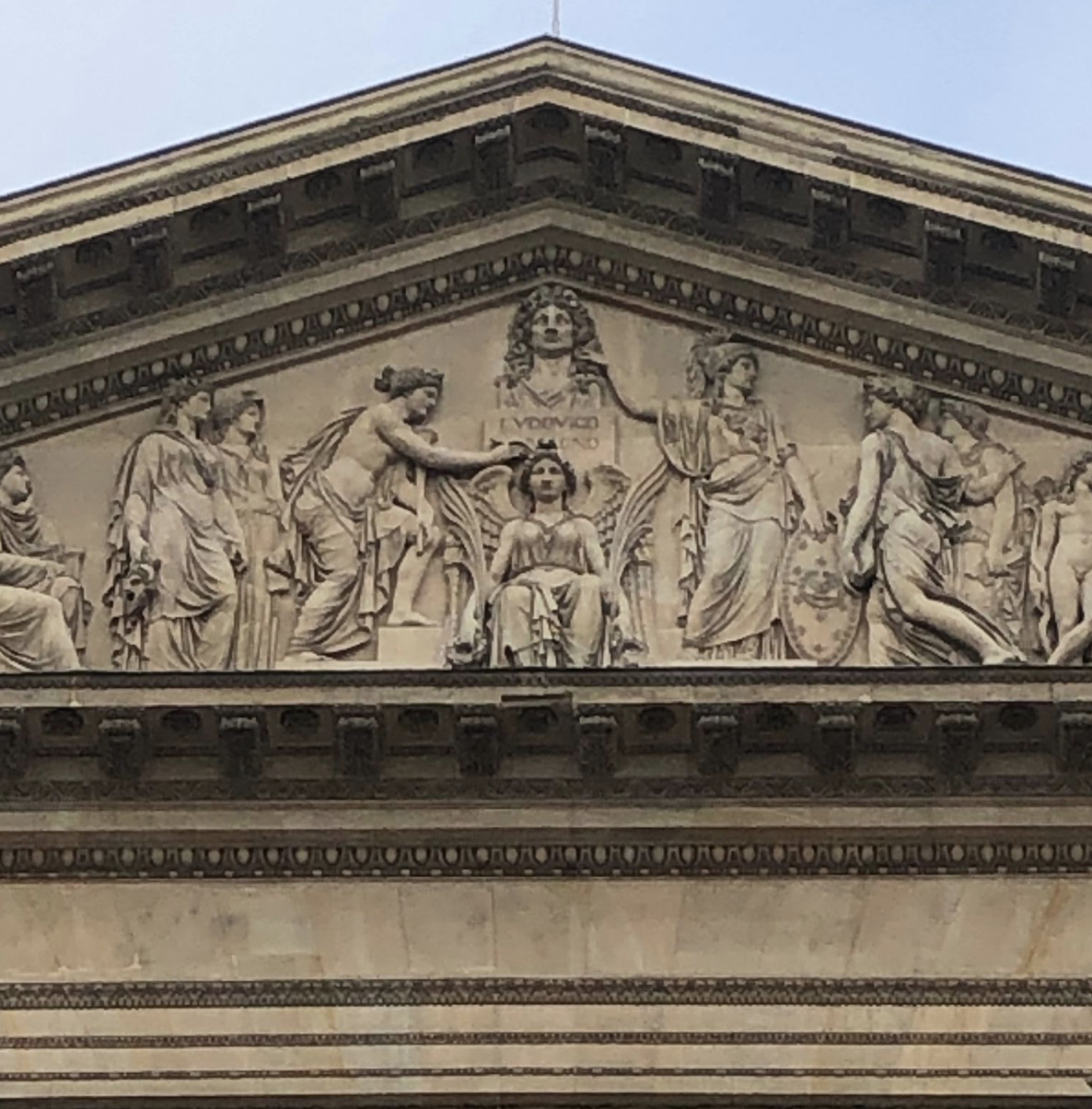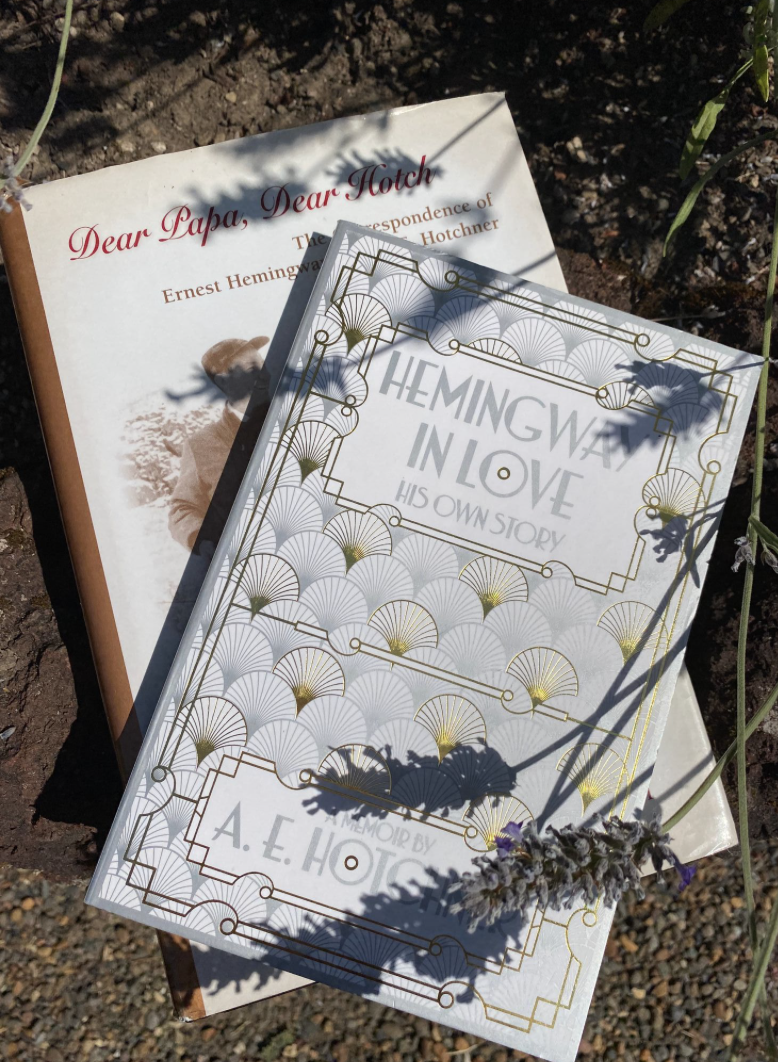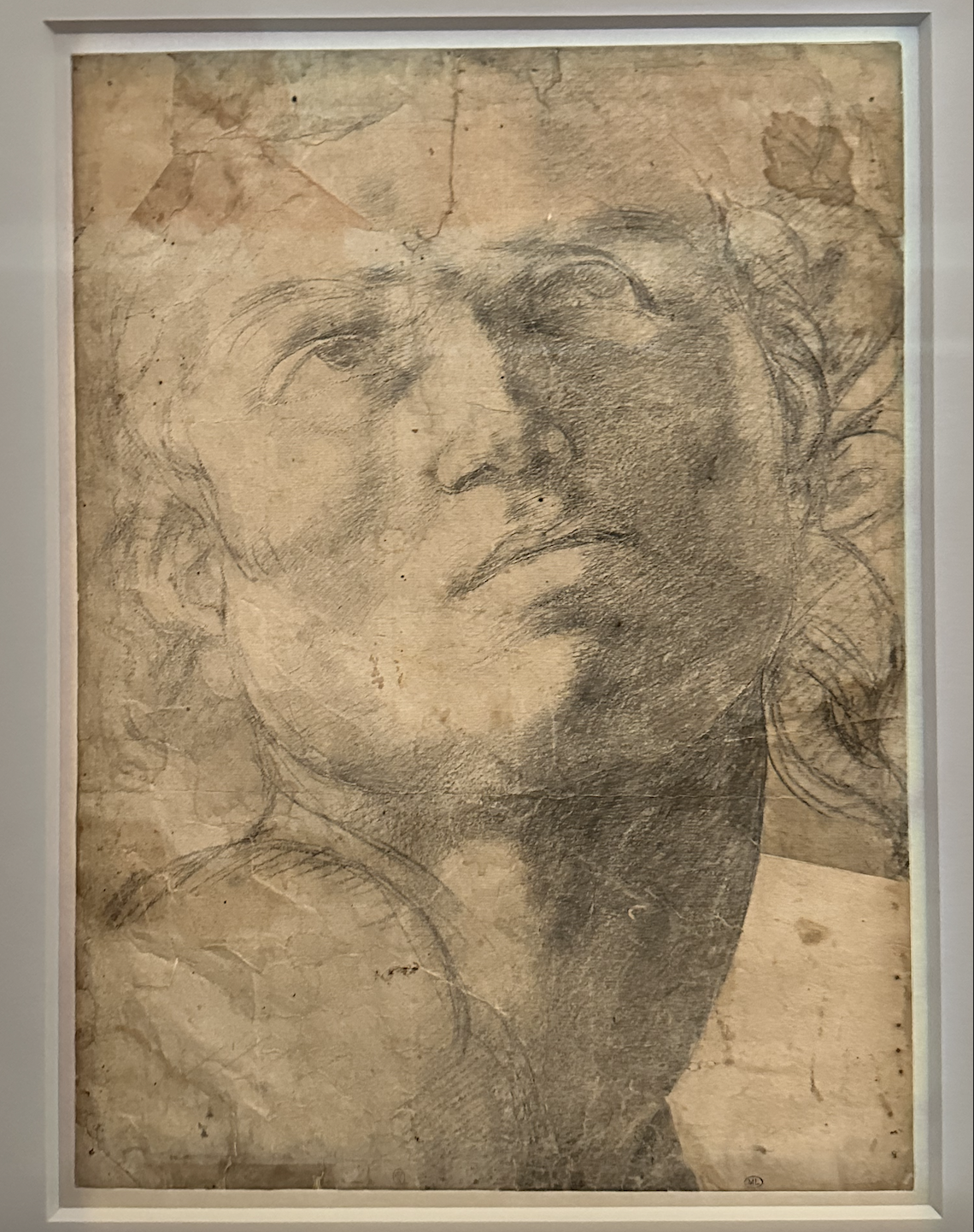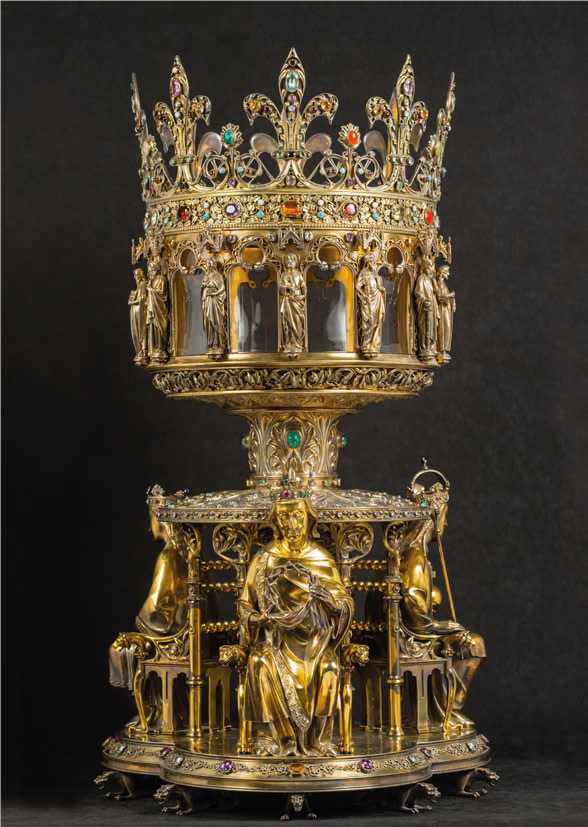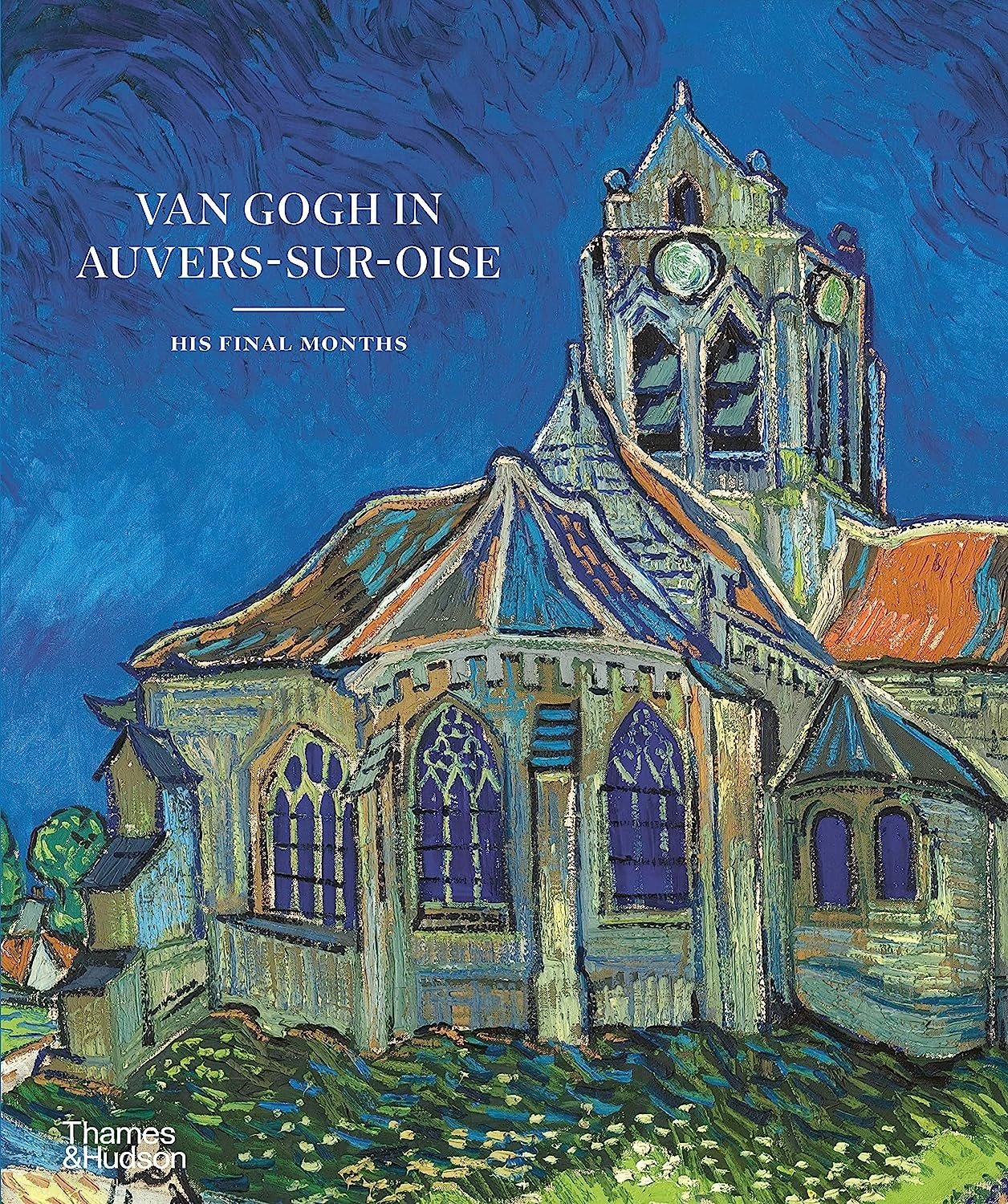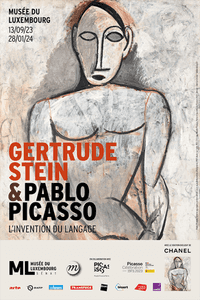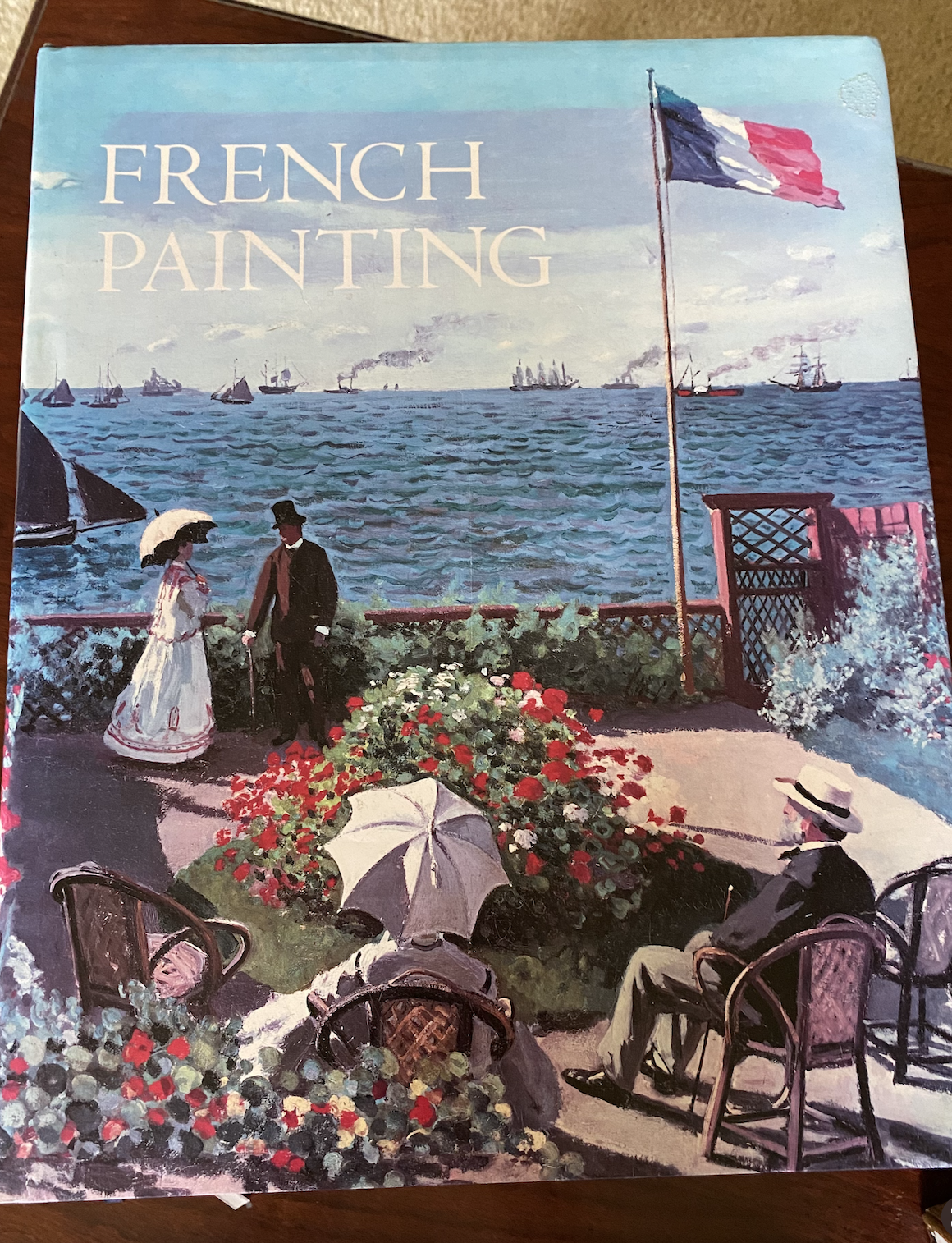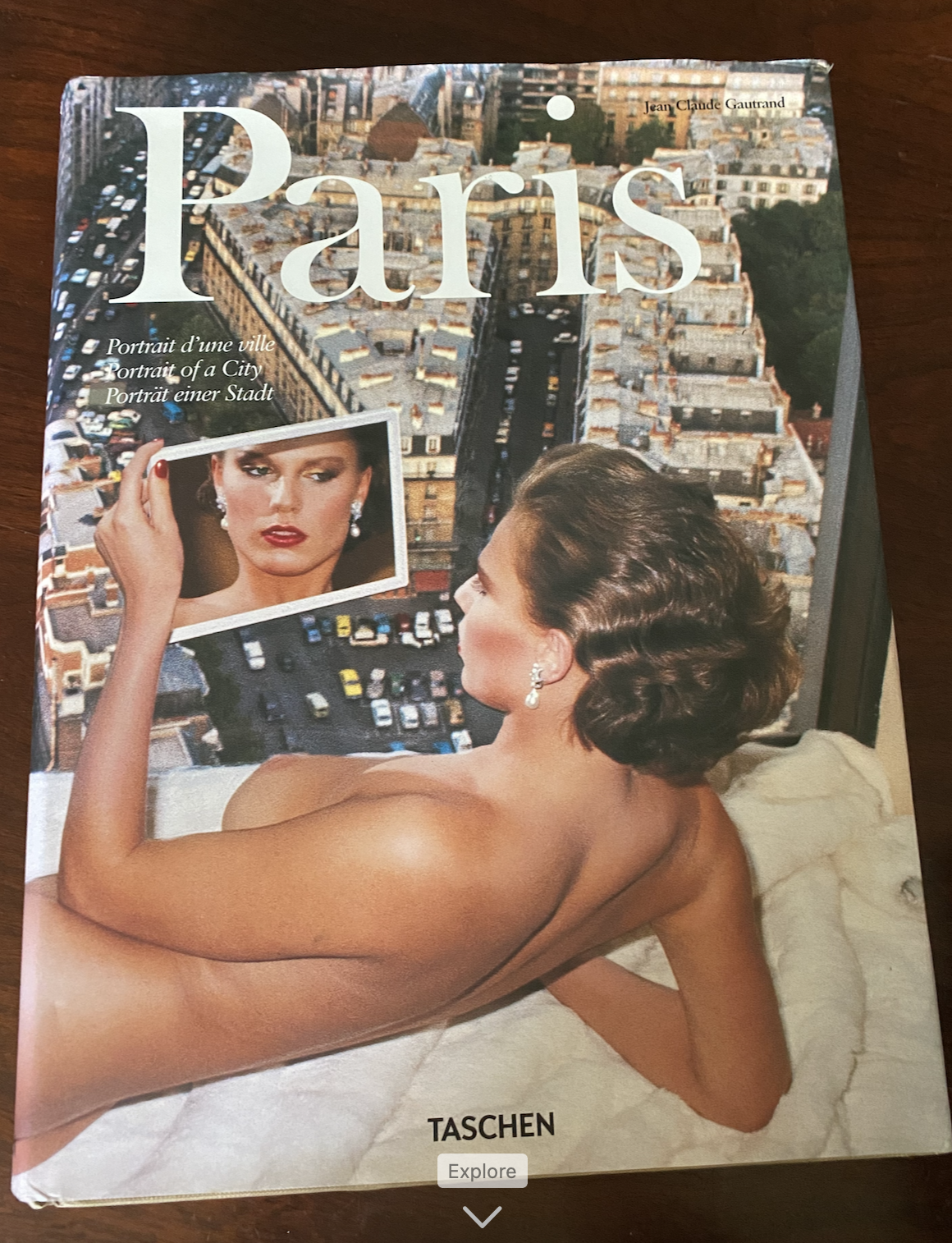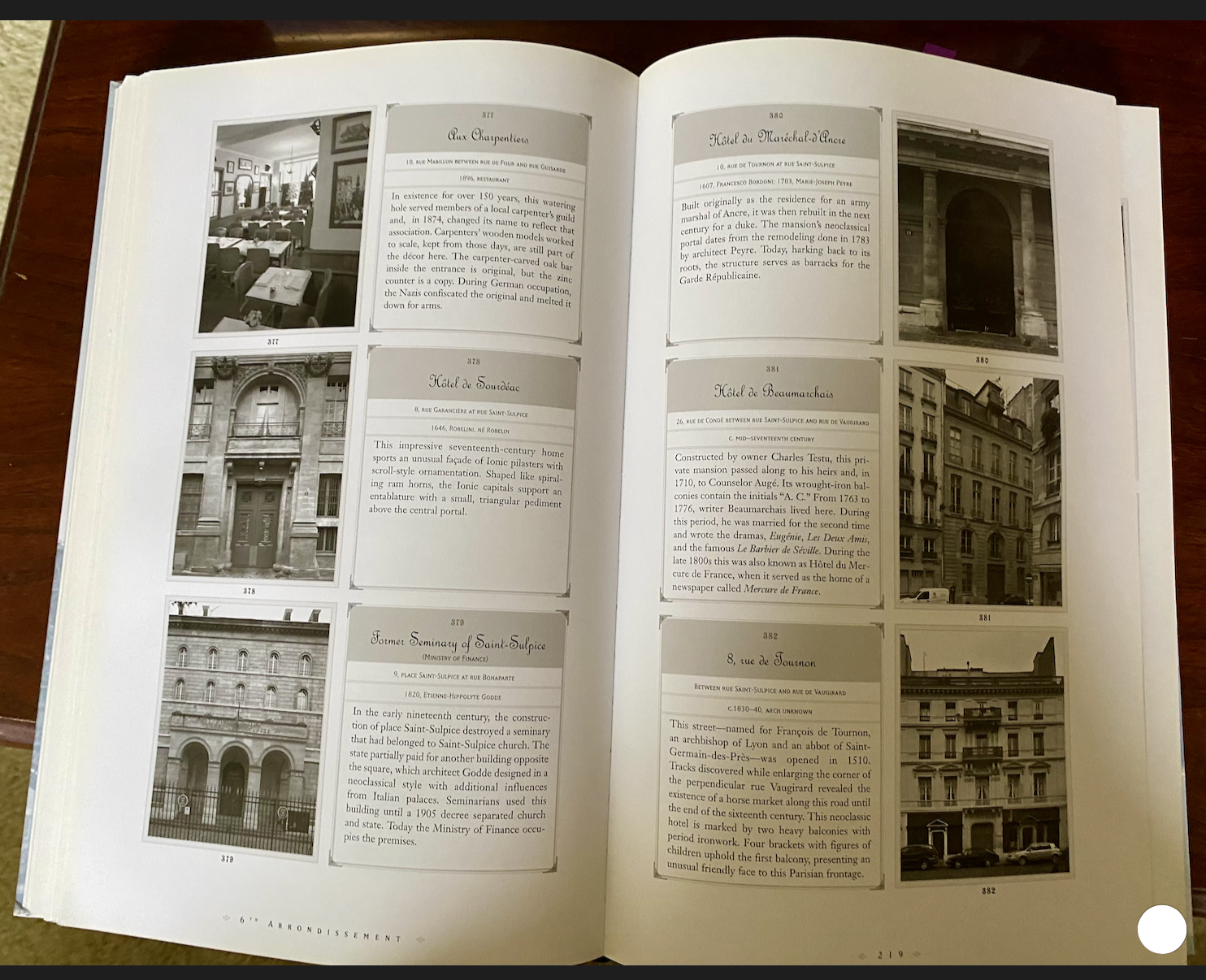When she returned to the Louvre on January 4, 1914, she came back an icon.
President John F. Kennedy and his wife Jackie visited Paris on May 31, 1961, for 3 days. The darling of American politics didn’t impress Charles de Gaulle but the French heritage of the beautiful first lady, Jacqueline Bouvier Kennedy did. Speaking fluently in French to De Gaulle he was powerless under her influence as was Cultural Minister André Malraux.
A lavish state dinner was held on June 1 in the Hall of Mirrors in Versailles on the 220-foot-long table set with Naploeons silver and Bleu Marli Sèvres china. André Malraux quickly fell under her charm and was invited the following May 1962 for a state dinner in Washington DC.
It was at the May 11, 1962 dinner when sitting next to the minister Jackie & André talked over a plan to send the Mona Lisa to America. Back in France, the idea was not well received. As the date became closer citizens rioted in the streets and the daily conversations over a cafe were all about the Mona Lisa.
On December 14, 1962, 49 years and a day that she was discovered after her two-year abduction she left France again, this time for the United States. Packed away in an especially designed airtight temperature-controlled case she boarded the SS France to New York under heavy security. The special case stored the painting and the frame separately and as she floated across the ocean, only a handful of people knew of the special cargo.
Arriving five days later on December 19 federal and local police and military awaited the precious package and drove her to Washington DC to the National Gallery where she was tucked away for three weeks while her room was prepared. On January 8, 1963, to coincide with the opening of the 88th session of Congress the doors opened. For the first and only time in American history, the President of the United States opened an art exhibit with an official speech alongside the President of France.
From January 9 to February 3 people lined up for hours for a glimpse of the famous Mona Lisa. Security was tight as officials were worried she would be stolen or destroyed. Surrounding her were two armed Marines and a slew of undercover agents within the crowd. Madeline Hours traveled from the Louvre every step of the way with Lisa. Constantly checking the conditions Lisa was exposed to. In the National Gallery, the swarm of people became so large the temperature of the room rose ten degrees. As Madeline moved towards the painting to check the temperature, she moved a bit too quickly and the Marine on guard punched her in the throat.
In the end, 518,525 people saw her in DC and waited well over 2 hours on the coldest days of winter.
On February 4, Lisa and Madeline escorted by heavy security made their way to the MET in New York. On February 7, the doors were opened in over four weeks, 1,077,521 people witnessed the mysterious smile. While in the MET the sprinkler system malfunctioned overnight and water flowed down her frame for hours. Thankfully she was protected.
Madeline Hours was born on August 5, 1913, and would become the director of the C2RMF and advanced scientific studies of paintings and restoration to a place no other museum in the world could reach.
In April 1974 Lisa left France for the last time, this time to Tokyo under the orders of President Pompidou in an act of diplomacy. Japanese Prime Minister Tanaka had put aside $300 million for France to promote the study of Japanese culture and language. In return Pompidou agreed to let the Mona Lisa leave the Louvre and travel to Tokyo, something Louvre officials were quite against.
For her departure in 1974, she was placed in a state-of-the-art case that controlled not only the temperature and humidity but also protected her from fire, water, and any other disaster that could occur. In 1962 she traveled by sea but in 1974 she took her first flight and the change in air pressure had to be taken into account. Her traveling case was better than her permanent home in the Louvre and museum officials were a bit embarrassed by this fact.
In Tokyo, from April 17 to June 11 the crowds were so large that they were only allowed to stop for 10 seconds to look at her and it was highly controlled. She was such a sensation a direct phone line to the Mona Lisa was created. “Hi my name is Lisa and I am known as La Giocondo”
On her return to France, her flight traveled over Russia where it was ordered to land. Director of the Pushkin, Irina Antonova heard that the famed painting would be flying over Moscow and pleaded with Ekaterina Furtseva, Russian Minister of Culture to see if Lisa could make a stop.
Russian President Brezhnev had seen the Mona Lisa on a private visit to the Louvre in 1971 with President Pompidou and was keen to make it happen. As the flight entered Russian airspace it was “forced” to land. The French agreed that she would be kept behind bulletproof glass and heavy security. It was the midst of the Cold War and only Lisa could thaw the tension if just for two weeks. Murky figures after recall that 300,000 people waited 7 to 8 hours a day for a quick glimpse of Western art their government despised.
After her vacation to Japan and Moscow, the French government created a law that would ban her from ever leaving France again.
With her living conditions far better on a flight than in the Louvre, officials had to make a change. In 1974 she was placed behind bulletproof glass in the Salon Carré.
From 2001 to 2005 the Salle des Etats was redone and funded by the Nippon television company for $6.2 million.
Today she is behind two sheets of bulletproof triple-laminated glass in a climate-controlled and heavily monitored casing. Ultrasound equipment surrounds her and the smallest issue can be discovered within seconds. Humidity being the biggest issue, 25 pounds of silica gel keeps her at a perfect 55 degrees Fahrenheit and at 50% humidity at all times. The wall that she is placed in that was added in 2005 is concrete in case anyone wants to try to drive a car into her.
In 2018, French Cultural Minister Francoise Nyseen proposed a traveling exhibition of the highlights of the collection around France to fight against “cultural segregation” She first mentioned it in March of 2018 on a radio program which was quickly denounced by then director of the Louvre Jean-Luc Martinez. Martinez mentioned that the fragile wood panel can’t even be moved between floors much less traveling around France.
In 2019 the Salle des Etats was repainted a beautiful royal navy blue and was briefly moved to the Richelieu wing, exactly what the now disgraced former director Martinez stated they couldn’t do.
Once a year in July she is removed from her coffin and inspected. Always on a Tuesday when the museum is closed the entire Denon wing is closed down to employees. National police are even brought in to guard the rooms around the Salle des Etats as she is lifted from her frame.
A dozen lucky curators and da Vinci experts from around the world are chosen each year to view a once-in-a-lifetime event, the grand lady, naked and out of her casing and sitting on an easel just like she did for Leonardo over 500 years ago.
Mona Lisa attacked
In 1956, the Mona Lisa returned for a short time to the Musée Ingres in Montauban, a spot that hid her away from October 1940 to March 1943. While on display a woman tossed acid on the painting that was thankfully protected by glass.
Back in the Louvre at the end of the year. Ugo Unzaga Villegas, a Bolivian homeless man had a rock in his pocket and decided to throw it at the Grand Dame. It shattered the glass around her elbow and even left a small mark that was restored. Later he admitted he had carried out the act in hopes of being arrested and sent to jail so he could have a warm place to sleep.
On April 20, 1974, opening day of the Tokyo National Museum, Tomoko Yonezu a young disabled woman pushed through the crowd and sprayed Lisa with red paint. From the start, the museum refused to allow disabled people to attend the viewing. Her attack led her to a stint in prison and a large fine but the museum also added a day so disabled visitors would have their own time and space to see the famous lady.
On her brief visit to Russia in 1974 a woman tossed a bouquet of flowers at her, nothing was damaged.
In 2009 on August 2 a Russian woman entered the Louvre and bought a coffee cup with the face of the Mona Lisa on it and decided to enter the room and promptly walked up and lobbed the cup at the glass which only shattered the mug not the painting. She was upset to have been refused French nationality, I can understand this.
On May 29, 2022, it was a 36-year-old man who pretended to be an elderly woman and used a wheelchair to get a bit closer to the Mona Lisa. Upon entry past the stanchions, he pulled a creme pastry from under his jacket tossed it at the painting, and climbed up to smear it on the glass before tossing red roses at her. It was a protest for climate change but somehow I think Lisa would be happy to have a bite of a French pastry and some red roses after more than 500 years behind glass.
And just a week ago on January 28, 2024, at 10 am two women waltzed into the Salle des États and removed a coffee thermos of Pumpkin Soup, and tossed it at the Mona Lisa while hundreds stood and watched. “Our agricultural system is sick! What’s more important? Art or the right to a healthy and sustainable diet?” The Riposte Alimentaire group was behind the attack and immediately posted to social media their thoughts. The two women were arrested and will pay a fine.
As for the Mona Lisa, she has seen it all now. The room was closed for an hour while the staff cleaned the soup off the wall and by 11:30 am the crowd was pushing and shoving their way to the front for yet another selfie.
You will notice that none of these attacks happened before the theft. Each of these acts is meant to draw attention to a situation and they know that if it happens to the Mona Lisa, it will make the news around the world which it did once again last week.

























